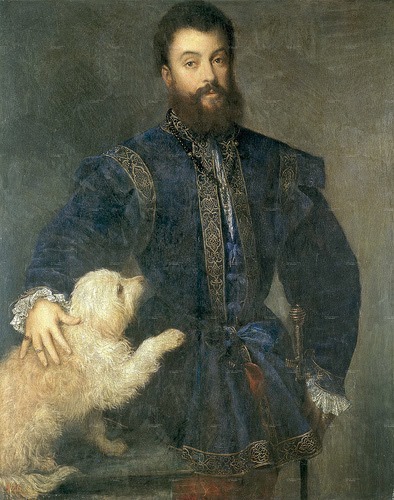
Francis I was sitting on the French throne when the Bichon appeared in that country. Henry III made the breed even more popular (legend has it that the King carried his beloved dog around in a ribbon-festooned basket hung around his neck) and this popularity was revisited during the reign of Napoleon III.
What had once been a favorite of Kings became less fashionable by the end of the 19th century and sadly, if not shockingly, Bichons found themselves scavenging on streets, working for organ grinders, or performing tricks at fairs or circuses. Only the toughest dogs survived.
Happily, the breed’s appeal was recognized by servicemen who were enchanted with the dogs they’d seen during the war. After WWI, they brought dogs back with them which is also when several fanciers took serious notice of them. A few controlled breeding programs commenced, an official breed standard was written in 1933, and the French Kennel Club recognized the breed in 1934 when the dogs were still known by two names, Tenerife and Bichon. The President of the International Canine Federation proposed a name based on breed characteristics, and since the Bichon Frise was (and is) distinctive among the Bichons for its double coat, the name, “Bichon a Poil Frise” (Bichon with the curly coat) was selected. We know the English version as Bichon Frise (curly lap dog).
Image: Portrait of Federico II Gonzaga (c. 1529) by Titian who included a dog to be an allegory of faithfulness. The dog is believed to be a Bichon.
